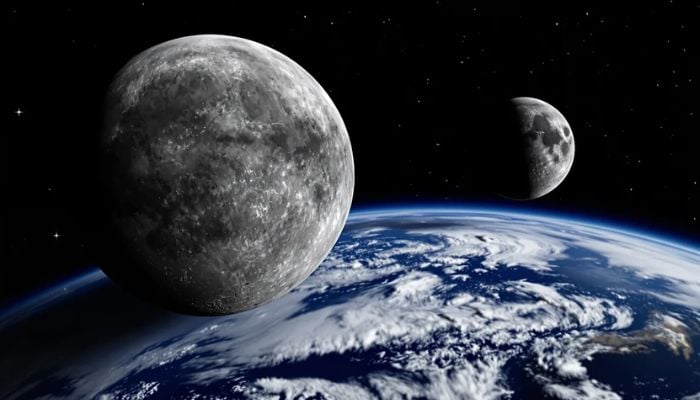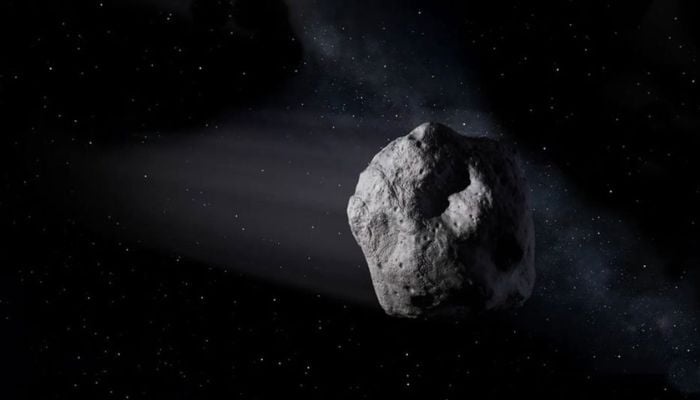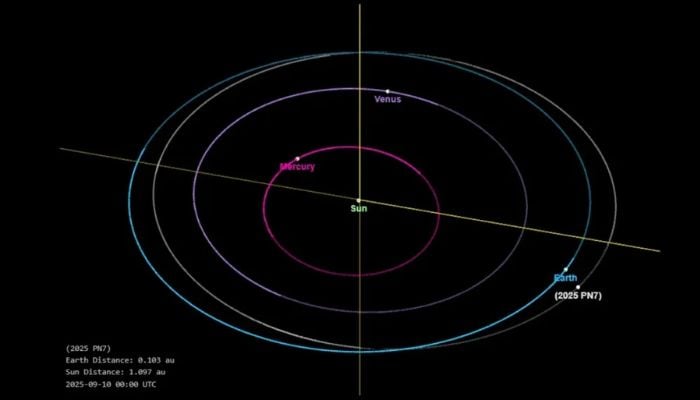Since when does Earth have two moons? Here's what NASA says
NASA confirms Earth has a second 'Quasi' Moon
October 22, 2025

National Aeronautics and Space Administration (NASA)’s recent announcement opened a new tale that appears no less than science fiction.
The scientists confirmed that there’s another moon that has been travelling with the Earth for decades.
But this cosmic stalker isn’t what it seems.
The second celestial body is actually an asteroid named “2025 PN7” that is classified as a “quasi moon.”

The asteroid was first spotted by the University of Hawaii in 2025 which unveiled that the celestial companion is not a true moon rather a small space rock that orbits the sun in near-perfect sync with our planet.
Due to a perfect synchronization, it makes it appear as if it is following Earth through space.
The asteroid is 18-36 meters wide and shares no similarities with the Moon.

Unlike the moon, it doesn’t orbit Earth directly and poses no serious threats as it is located at a great distance of around 4 million kilometers. This distance makes it ten times farther than the Moon.
Additionally, contrary to the moon, it does not affect Earth’s tides or gravity.
As reported by NASA, the asteroid 2025 PN7 has been in a perfect sync with the Earth since the 1960s and is estimated to remain in the gravitational neighborhood until around 2083 before drifting away.
Although this not-so-second moon doesn't affect the planet in any way, its discovery provides valuable information into the dynamics of near-Earth asteroids and the complex gravitational interactions within the solar system.









